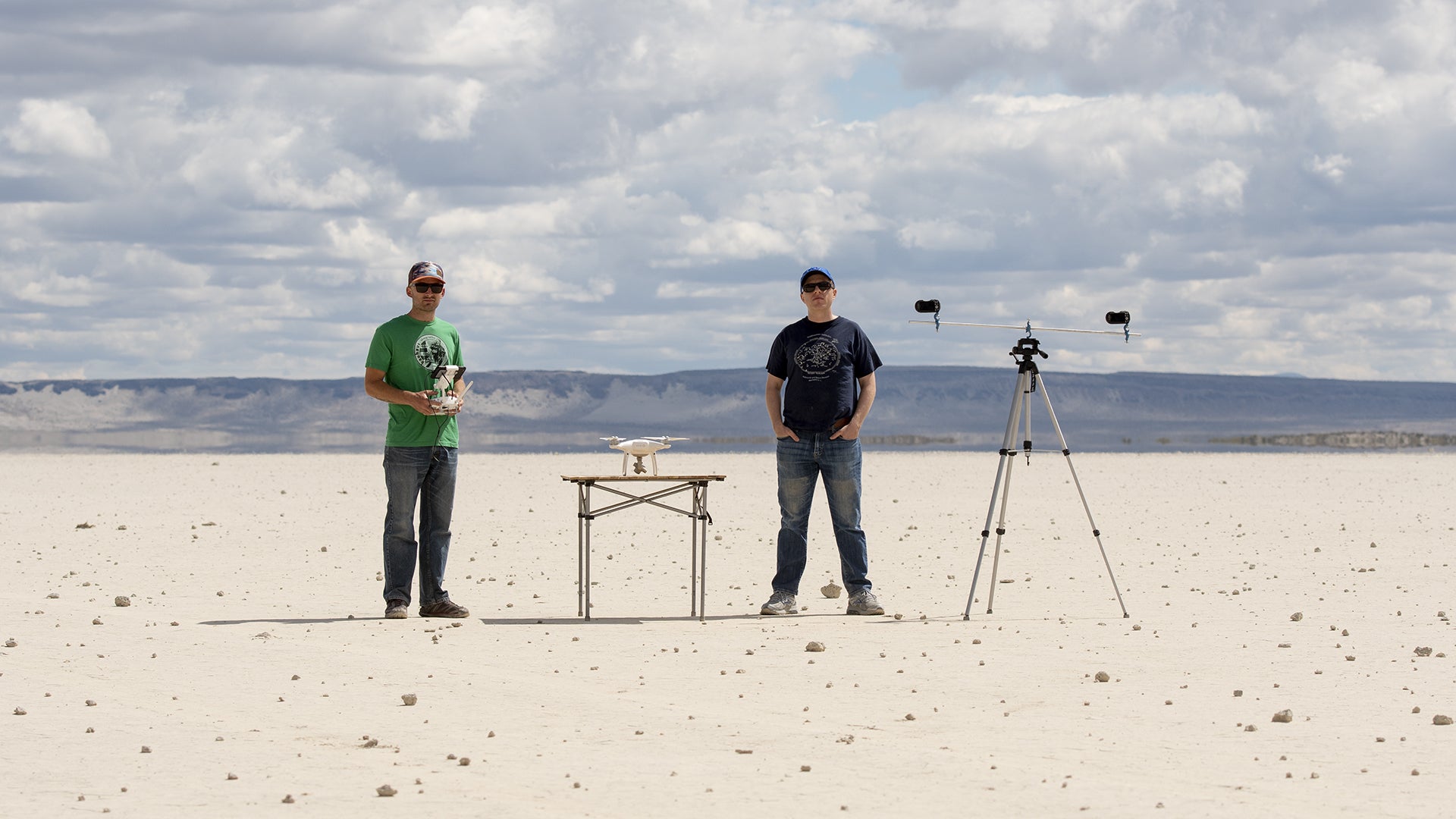
The research group led by Brian Jackson, an associate professor in the Department of Physics, recently had a study accepted for publication in the Journal of Geophysical Research: Planets. The study focused on the group’s work with dust devils on earth and the application of that research to dust devils on other planets.
Jackson wrote:
“Dust devils, small, dust-laden vortices, may stalk the dune-covered equatorial region on Saturn’s moon Titan, where they are likely to be encountered by NASA’s Dragonfly Mission, a robotic quadcopter slated to arrive in 2034. This result is based on a study recently accepted for publication to the Journal of Geophysical Research: Planets (https://arxiv.org/abs/2002.05581).
On Earth, dust devils can reduce regional air quality but rarely pose a danger to people (although there is one recorded death by dust devil). But on Mars, they pump enormous amounts into the thin atmosphere, influencing climate. They have even lengthened the lifetimes of Mars rovers by clearing their solar panels.
On Titan, dust devils may also contribute to that world’s dust cycle. And we know Titan has a dust cycle – near the end of its life, the Cassini Mission observed regional dust storms sweeping across the equatorial sand dunes.
Luckily, the Huygens probe landed on Titan in 2009, returning a wealth of atmospheric data that allow us to explore the possibility of Titanian dust devils. And decades of field work, including some from my group involving instrumented drones flying through active dust
devils (https://www.youtube.com/watch?v=8f-Jg5vGgiM), has shown the meteorological conditions that produce dust devils.
Our analysis of the Huygens data showed not only that dust devils could be active but also that NASA’s recently selected Dragonfly Mission might pass or even fly through them. Although the devils may be large (~100 meters across), their winds are gentle enough not to pose a hazard to Dragonfly.”